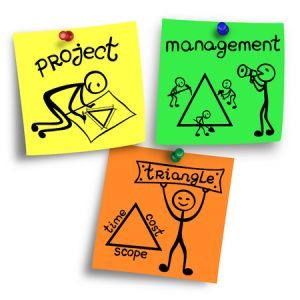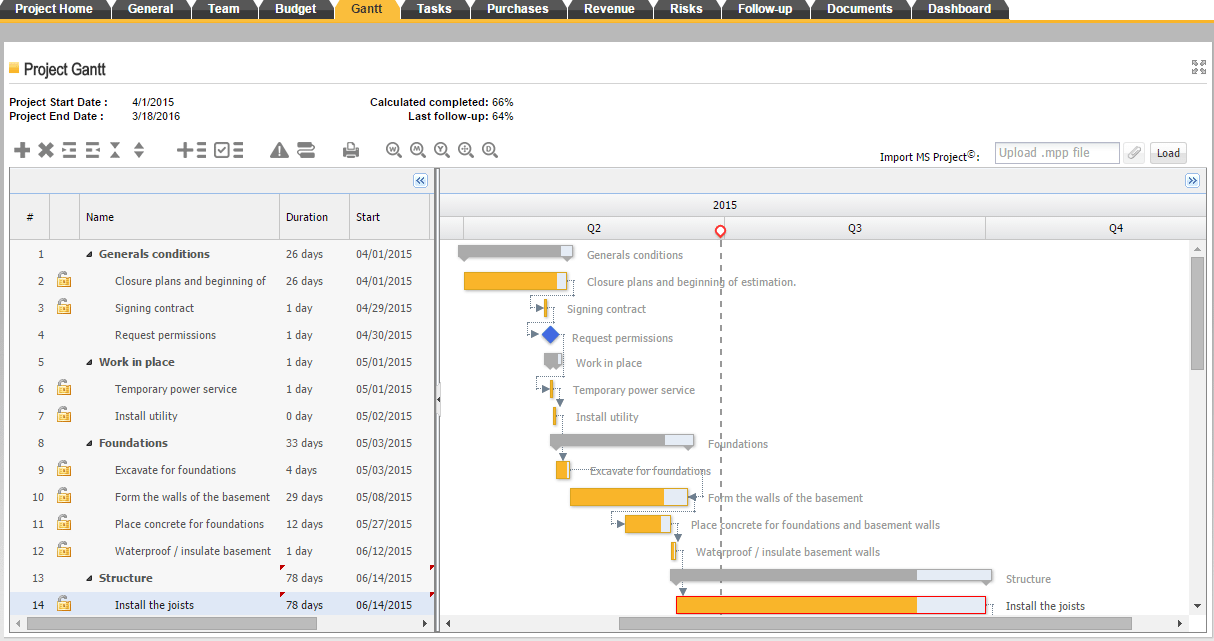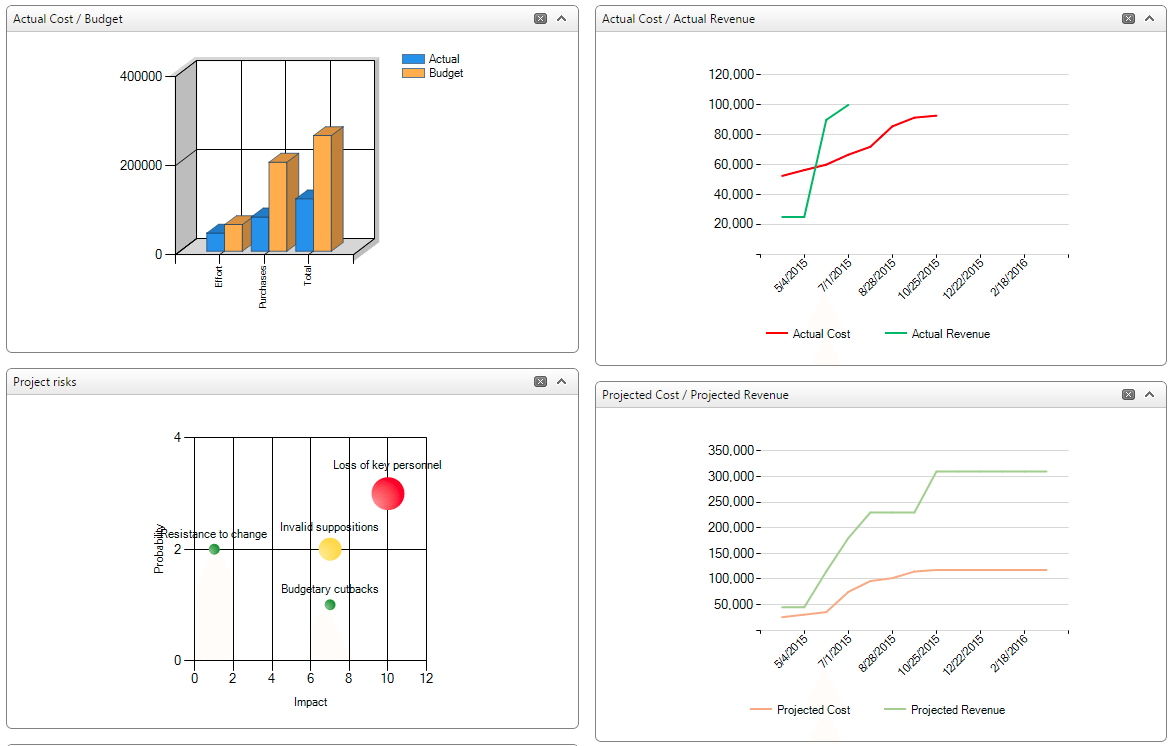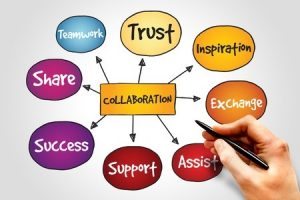 Customer acquisition & sales funnel, inbound/outbound lead, MQL, SQL and more
Customer acquisition & sales funnel, inbound/outbound lead, MQL, SQL and more
Customer acquisition funnel
Customer acquisition funnels can be of much use for SaaS companies. They track and monitor leakages when prospects move between stages. It’s an effective way from companies to measure how well the company is doing in attracting and retaining customers. This is often a difficult step because moving prospects from the marketing team to the sales or customer success teams can create a high risk of losing data, miscommunicating between employees or mixing up responsibilities and metrics.
As you move through the funnel, you will realize that analyzing your content strategy is extremely important, especially when looking at it from a customer lifecycle perspective. Content strategy is a very effective way that you can get your company to increase the speed that your prospects take to pass through stages.
Customer lifecycle funnel
The customer lifecycle funnel consists of 6 stages with each one representing an action the customer must do. The first stage, at the top of the funnel is known as “Visitor”. This means that somebody must visit your company’s webpage and it isn’t until they apply for a free trial or submit a form that they can be considered a “prospect”. If you want the customer to become an “activated user” meaning they are actually using your product (either for the free trial or whatever you have offered them), you need to put in time and resources into creating a unforgettable experience for them. This will take them from being an “activated user” to an “active customer”.
However, once you have the sale, you can’t stop. Customers that pay for the product once, don’t guarantee they will pay for a second time. It’s important for SaaS companies to analyze and discover was usage related to high lifetime customer value and a high renewal rate. Once you have this information, you can work on improving these areas which will help to earn you some “loyal customers”.
Sales funnel
The sales funnels main goal is to demonstrate what internal processes companies should follow if they wish to efficiently move their prospects through the funnel. The funnel shows specific processes, actions and workflows which can augment the effectiveness of companies sales process. Sales funnels consist of a variety of different components which each need to be focuses on.
Inbound and Outbound Lead
Sales funnels begin by retrieving leads which can be either inbound or outbound. Inbound leads exist when prospects will provide the company with information in exchange for an asset, for instance a whitepaper or even a free trial. Outbound leads are created after SDRs (Sales Development Representatives) target individuals who may be unaware of the companies existence. This will often take place in many different forms including cold calling, mass emailing or targeted social media messages.
Marketing Qualified Lead
It can often be difficult to make the sale even if with a good lead. Marketing Qualified Lead, known as MQL for short, helps to calculate the probability of closing a lead. Companies can help to attract users and communicate to prospects through nurturing campaigns, newsletters, webinars, etc.
Sales Qualified Lead
After prospects reach a higher score, they will be considered to be a part of the Sales Qualified Lead stage. At this stage, your sales team should have enough information to decide what level of interest prospects have in your company.
Understanding all of these different concepts and definitions will help you immensely on your path to becoming a successful project manager.
If you wish to learn more about Kanban or other project management related topics, feel free to browse through the rest of our articles at http://www.itmplatform.com/en/blog/
Top 5 most read blogs on ITM Platform:
The Monte Carlo Method in Project Management
Three disastrous project management failures
The project in the face of adversity: what should a project manager do?
What is the Virtual Sock Management or Periodical Online Management?

 As quoted in the PMBOK, project scope is the portion of project planning that requires determining “the work that needs to be accomplished to deliver a product, service, or result with the specified features and functions.” Scope Management consists of 3 different processes: planning, controlling and closing. To understand how to successfully manage scope, you must have a detailed understanding of these 3 facets:
As quoted in the PMBOK, project scope is the portion of project planning that requires determining “the work that needs to be accomplished to deliver a product, service, or result with the specified features and functions.” Scope Management consists of 3 different processes: planning, controlling and closing. To understand how to successfully manage scope, you must have a detailed understanding of these 3 facets: “By failing to prepare, you are preparing to fail”
“By failing to prepare, you are preparing to fail”


 As the famous poet Mattie Stepanek once said, “when there is collaboration, wonderful things can be achieved.” But what happens when those who are meant to collaborate are geographically separated, physically incapable of meeting with one another? The answer is virtual collaboration.
As the famous poet Mattie Stepanek once said, “when there is collaboration, wonderful things can be achieved.” But what happens when those who are meant to collaborate are geographically separated, physically incapable of meeting with one another? The answer is virtual collaboration. 